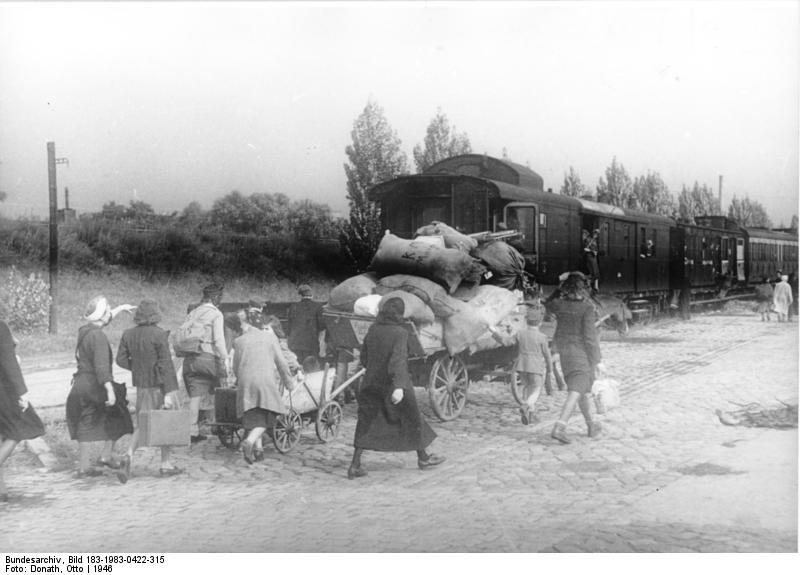As train after train of refugees arrives in Germany, swamping the railway stations and stretching the capacities of welfare organizations, a senior Berlin-based administrator protests against the strain the newcomers are placing on the country’s resources.
Germany, he warns, cannot go on indefinitely being treated “as a waste-paper basket with a limitless capacity for the unwanted waste of the world.”
More importantly, the scale of the influx is in danger of giving rise to a toxic brew of resentment on the part of the indigenous population that might well lead to neo-Nazism and ultra-nationalism once again becoming significant forces.
“Do we not now,” he asks, “tend to compress that mixture to the point of detonation?”
Crassly worded though his protest may be, the speaker’s concerns are widely shared by those responsible for Germany’s, and Europe’s, governance. Yet he is not himself a German, nor is he referring to the refugees coming from Syria or Libya in the summer and autumn of 2015.
His name is Colonel Ralph Thicknesse, a migration specialist in the British army of occupation after the World War II, and he is expressing his alarm in the summer of 1946 over the worst refugee crisis in Europe’s history—one deliberately created by the victorious Allies themselves.
This episode, which is examined in my book “Orderly and Humane: The Expulsion of the Germans After the Second World War,” provides essential context for the way in which Europeans in general, and Germans in particular, are today approaching a problem that has forcefully reminded many of them of their own traumatic postwar experiences.
Trouble With Minorities
Before 1939, millions of German speakers lived in communities scattered throughout central and southeastern Europe—in Czechoslovakia, Poland, Hungary, Yugoslavia, Romania, and even the Soviet Union.
After the World War I, they became minorities in the new states created in the Paris peace settlement. Resentful of their drop in status, undesired by their new rulers who viewed them as impediments to the creation of “pure” ethno-national countries in the region, they were a source of—and pretext for—international instability in the interwar era.

